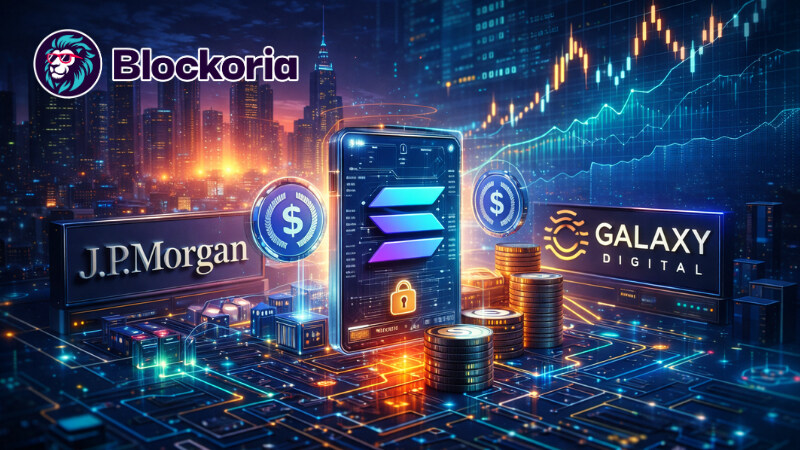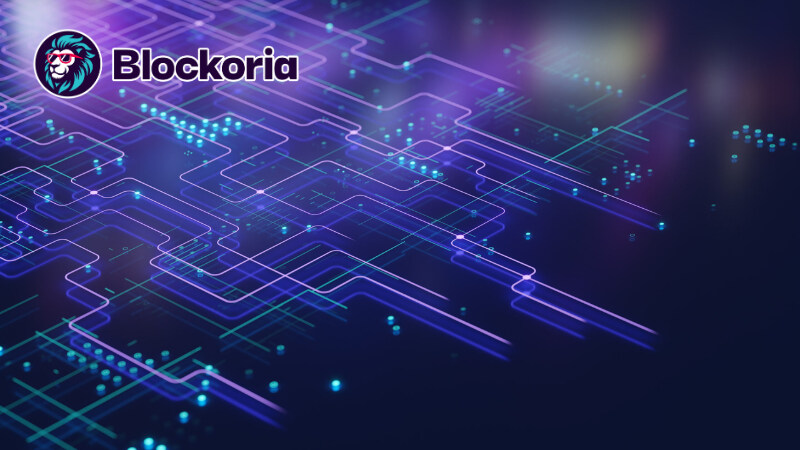.png)
Moving computing containers from traditional data centers to renewable generation sites has become the main driver of the industry. Miners are literally attaching blocks with ASICs to wind farms and solar power plants, buying up excess power at below-wholesale prices. For energy companies, this is a way to smooth out load fluctuations, and for pools – to fix the cost at $0.022 per kWh, which ensures a margin above 60% even after the April halving.
The main emphasis of the season is flexibility. A modular farm can be deployed on a site in a day, and software control allows reducing consumption to zero during peak hours of grid demand. Oil and gas companies are joining the trend: an excess of associated gas accumulates at fields in Texas, which is burned in flares. Containerized installations turn a useless resource into income, reducing the carbon footprint of the project and creating a new cash flow decoupled from commodity price cycles.
With the departure of large miners from regions with coal-fired generation in 2024, the share of "green" hash has grown to 59%. This is changing the investment structure: instead of chasing cheap machines, operators are investing in their own microgrids and heat recovery systems. In Kansas, the BitSource farm heats a greenhouse with an area of 70 hectares and simultaneously sells vegetables at retail, adding another source of revenue. Such diversification protects against falling exchange rates and seasonal volatility in electricity prices.
In parallel, the transition to 5-nanometer Merlin series chips is underway, reducing energy consumption by 28% at the same hashing speed. The largest pools offer leasing programs: the fee is equal to specific costs plus 6% per annum, which looks more attractive than financing through the issuance of shares. As a result, the total computing power of the network exceeded 1.2 ZH/s, despite the fact that the production of new bitcoins has halved.
Regulators are responding pragmatically. In Finland and Chile, miners have received the status of "last mile consumers", with the right to be the first to disconnect in the event of an energy shortage. This turns farms into a virtual battery, allowing network operators to balance emissions in real time. Banks assess such projects as infrastructure, opening access to long-term financing at 4.5-5% instead of the classic venture capital 12-15%.
Investors are focusing on revenue per megawatt, not on the volume of coins issued. The bet is on synergy: the higher the volatility of the wholesale electricity market, the more valuable the miner's ability to instantly switch between mining and selling power back to the grid. Additional income comes from arbitrage of compensation emission certificates, which large energy consumers are required to purchase to cover CO₂ scales.
Behind the scenes, a struggle is unfolding among equipment manufacturers for contracts for the supply of cooling modules that can operate in the range from desert to subpolar latitudes. The winner will be the one who provides reliability without complex maintenance: a simple fan, a couple of filters and a minimum number of moving parts. Therefore, corporations are introducing liquid immersion directly into standard 40-foot containers, reducing noise and ventilation costs.
In August, the launch of two giga-farms in Argentina and Namibia is expected, where miners agreed to immediately buy up to 80% of the generation of new wind farms. Such forward demand removes the financial risks of developers and accelerates the construction of facilities. For the crypto industry, this means one thing: now it is not a "parasite" on existing networks, but a full-fledged customer capable of financing infrastructure where other industries see only a remote desert.



